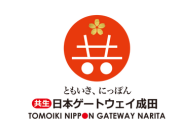Yet it’s the influence of the local airport that we are discussing among the vines and artwork at Ktima Gerovassiliou, a pioneering winery in northern Greece.
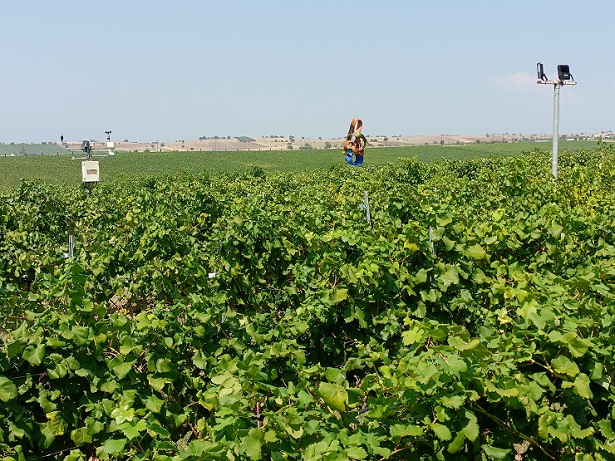
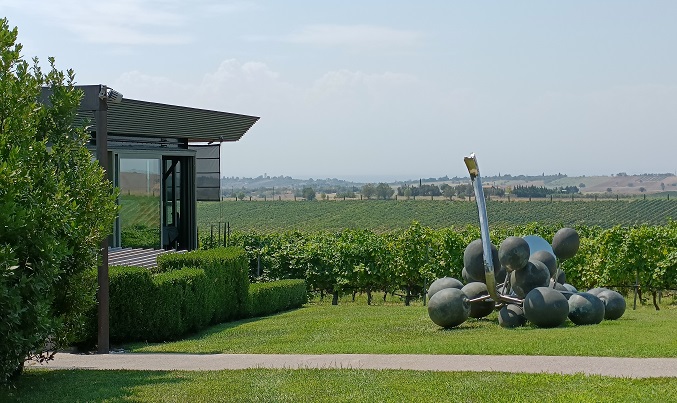
I’ve come by taxi from Thessaloniki, 28km to the north. Friends who stayed in the city post footage of “crazy rain”, thunder and lightning. Yet at Ktima Gerovassiliou, near Thessaloniki International Airport, it only pours for two minutes and stops quickly.
“Sometimes the rain doesn’t come here,” Vasiliki Gerovassiliou explains, pointing to Mount Olympus in the southwest and suggesting Greece’s highest mountain could be the key factor.
Then she reveals her father, acclaimed Greek winemaker Vangelis Gerovassiliou (pictured with her below), has another theory.
“My father believes it’s also the fact that it’s the airport here,” she says. “The airplanes sometimes cross the clouds. It’s just from his experience, what he believes. But it’s something we are looking at.”
It made me wonder: do airports have their own climate? I found three relevant studies.
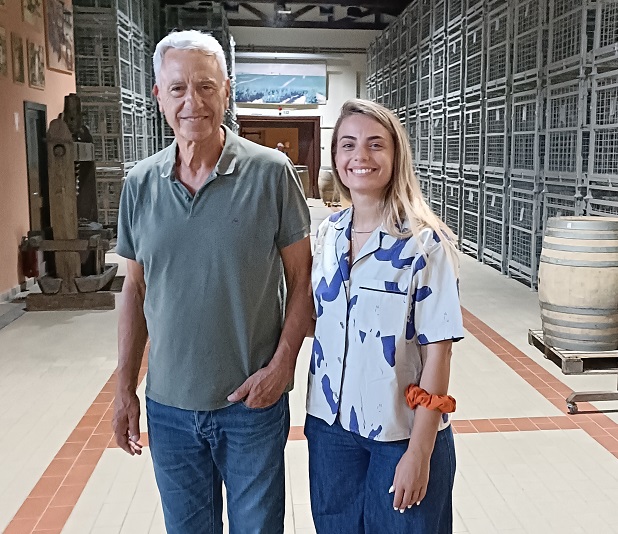
Yes, airports have a ‘specialised’ climate
Researchers in Toronto examined the weather stations at 64 Canadian airports. They found “evidence of a specialised ‘airport climate’, a well-defined microclimate that is generated by the nature of an airport and its modification of the local environment”. They put this down to airports being “largely stripped of ground vegetation and most often have paved runways that mimic urban ground cover”.Yes, planes affect the clouds
Another study, of 11 years' worth of weather radar data from Finland, showed how planes can affect clouds as they pass through or over them, but this study suggests they BOOST rainfall and snowfall up to 10 times in the narrow bands under the flightpath.“The intensified precipitation basically follows the track of an airplane above the cloud,” says University of Helsinki researcher Dimitri Moisseev. “It could extend over hundreds of kilometres, but the cross-section would be maybe 100m (330ft). So, it's a very narrow, long feature.”
Here’s the explanation: layers of supercooled water vapour float around the same altitude that planes approach the airport from, so when a plane passes through, ice crystals can fall from this layer into a lower cloud layer that is already raining or snowing. That feeds more ice into the cloud and boosts the precipitation along a narrow band behind the aircraft.
The study, published in the Journal of Geophysical Research: Atmospheres, also mentions another phenomenon called “hole punch clouds”, where planes taking off or landing can create surprisingly circular holes as they pass through the cloud layers. This can cause gaps in the rain, which may be linked to what’s happening at Ktima Gerovassiliou.
Even though the holes and streams have the opposite effect, the two phenomena may be the result of the same physics.
Dr Edward Gryspeerdt, a lecturer at the Grantham Institute for Climate Change, explains the process: “When jet fuel burns, it creates water and little particles of soot. As this leaves the engine, the water droplets quickly freeze to ice. If the conditions are right, these ice crystals grow and spread across the sky as a cloud. This happens when a plane travels through an area where a cloud was waiting to form, with the ice crystals forming behind the plane, triggering the formation of a larger cloud.
“As an aeroplane passes quickly through a cloud, the air behind the wings and propellers expands and cools rapidly. These sudden drops in temperature can be enough to freeze droplets of supercooled water – turning them into a stream of ice crystals. Over time, ice crystals grow and affect neighbouring drops of water – creating a hole in the cloud that expands for several hours and increases the chances of snow or rain on the ground underneath.”
Yes, but the conditions are rare
A team of researchers from the National Center for Atmospheric Research (NCAR) in Boulder, Colorado, USA, reviewed 20 satellite images of cloud cover with holes suspended over Texas on one day in January 2007, the researchers said some of the holes were visible for more than four hours and grew more than 60 miles long. Most of these holes could be traced back to individual aircraft.However, the research, published in academic journal Science in 2011, noted that the circumstances required for airplane-triggered precipitation are rare. Reviewing archival data from two cloud-tracking satellites, the researchers report that the conditions necessary for cloud seeding by jet aircraft occur only 2-3% of the time over a sample of seven airports, including London’s Heathrow, Paris’s Charles de Gaulle and Chicago’s O’Hare.
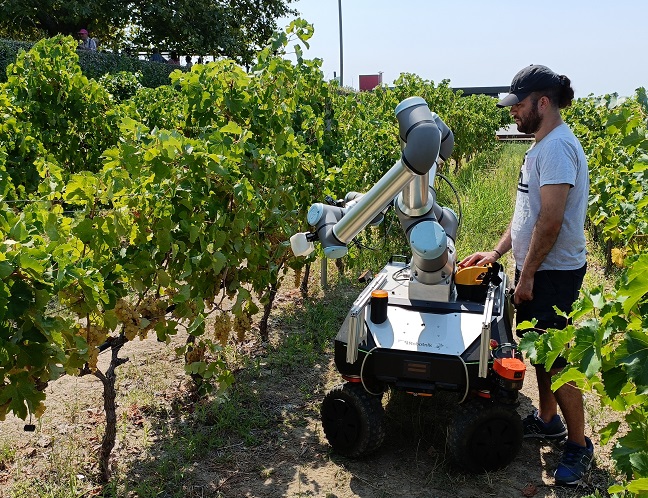
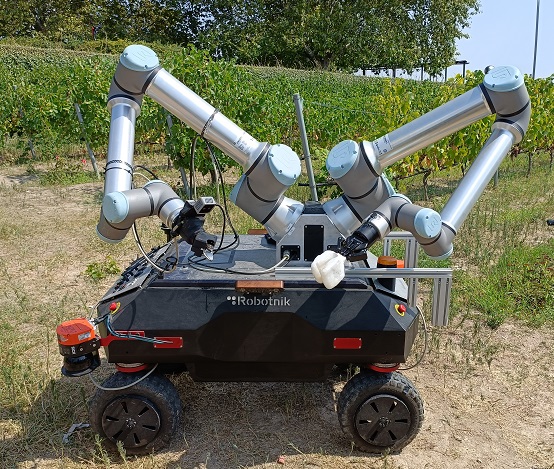
It will be interesting to see what Ktima Gerovassiliou’s research shows.
They are no strangers to investigations. While strolling through the experimental vineyard near the winery – where 42 different Greek grape varieties are planted – I spot this robot from Spanish company Robotnik (above). Software developers were busy tweaking their programs so the machine could gather grapes like humans. The prototype appears to have the technology to monitor grape development and to take samples, although sometimes it takes whole bunches.
All of this was a bit of a distraction from my main purpose. I was visiting the winery and vineyard on the slopes of Epanomi to learn about the white grape Malagousia (below), an ancient variety that Vangelis helped to rescue from extinction in the 1970s, while he was the winemaker at Domaine Porto Carras.
I think it has great potential. It can offer a richer white wine style, somewhere between Viognier and Chardonnay, with peach, lime, and orange blossom and lemon oil all tied together with a soft, fruity finish.
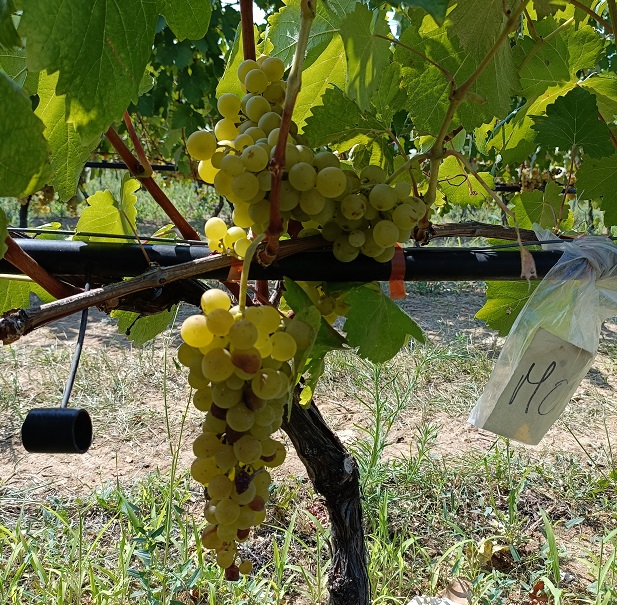
Vangelis has produced a varietal here since 1986 and also a popular blend called White with 50% Assyrtiko; the Santorini variety providing the structure that Malagousia sometimes lacks. “I have believed in this variety since the beginning, I have worked hard to revive it and now I am so proud that it has found its place in the wine world,” he says.
The varietal wine benefits from a short cold soak, fermentation mostly in tanks at 18°C, plus some in French oak barrels. The wine is left on lees for several months to gain structure and body.
After talking about planes, rains and robots, the next surprise is the low yields. Annual production from the 95ha of vines is 800,000 bottles. Heavy green harvesting eliminates 50% of the grapes, according to Vasiliki, one of three children involved in the business, which their father started in 1981 while still working at Porto Carras.
The tour of the vineyard continues. There are 40 large-scale installations here, by Greek and Italian artists. Vasiliki says it’s “important to bring people to the vineyards. The wine is nice, but the environment is always better.”
I glance up at the sound of a jet engine. Mesmerizing contrails streak the blue sky. I stare at the long, thin clouds – they mean so much more now.
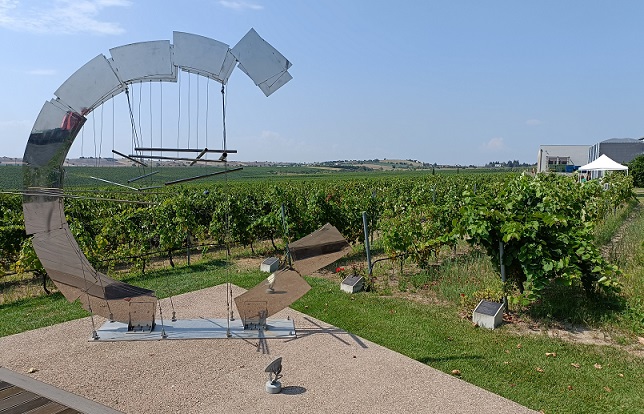

 English
English French
French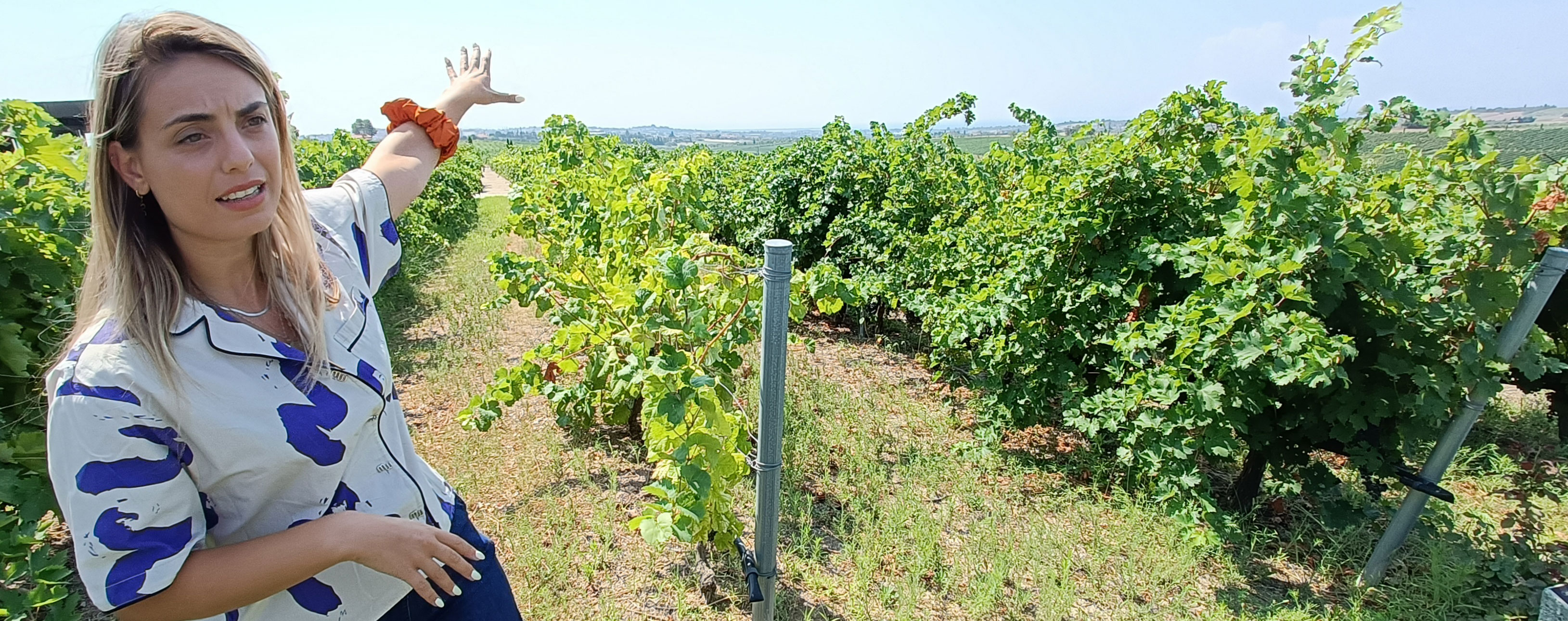
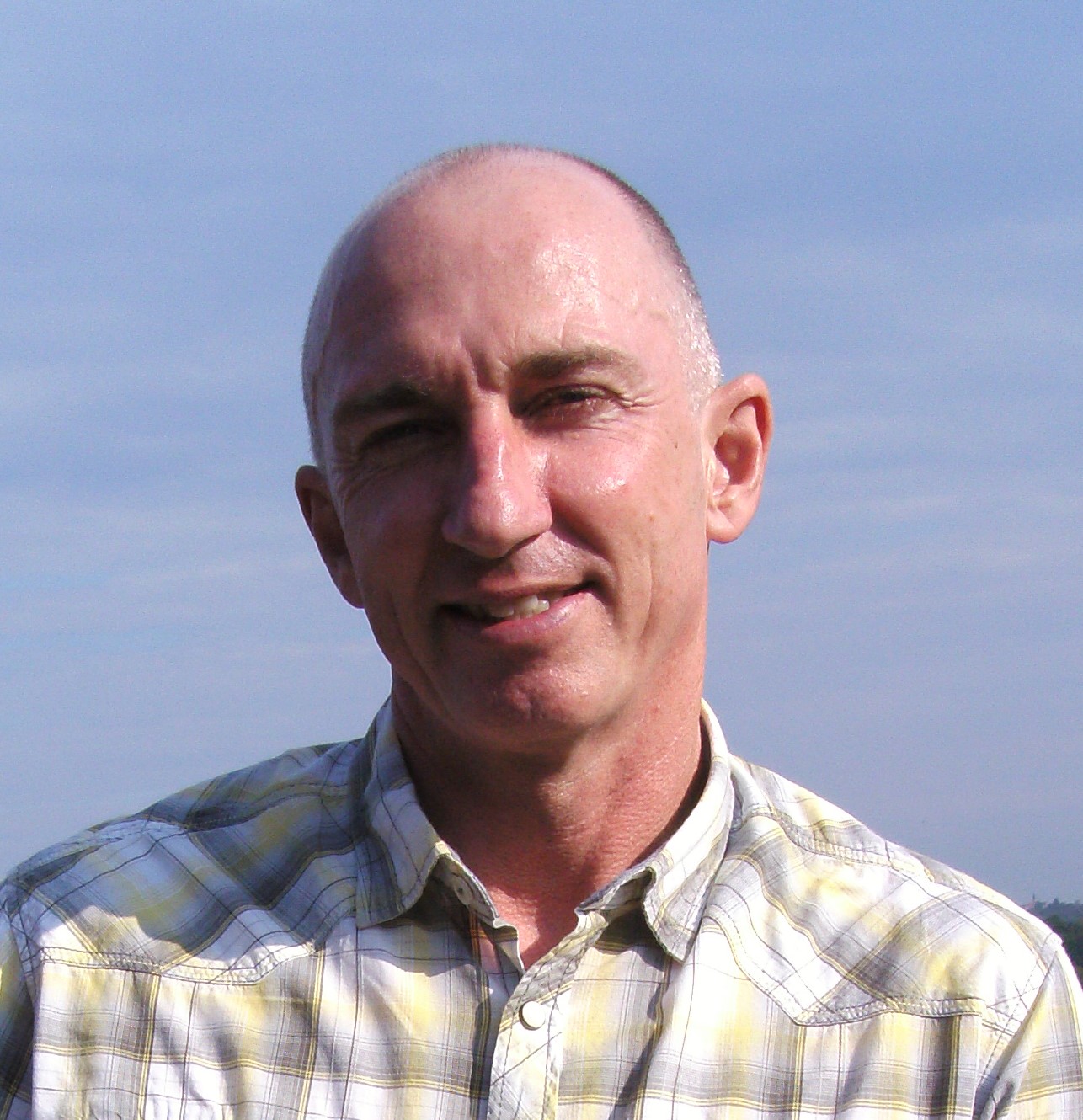
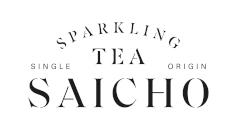




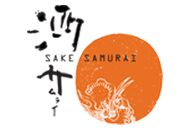
.png)
